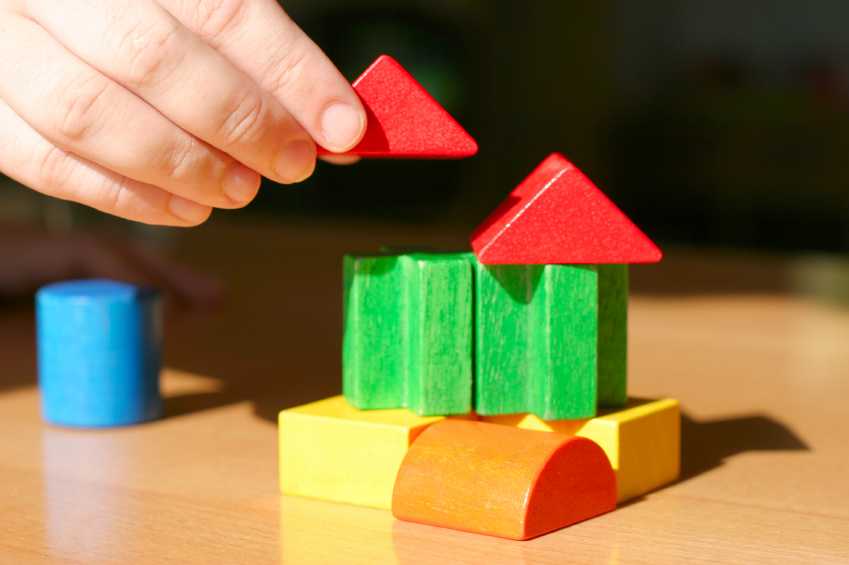Construction Guide: Roof, roof, my roof

Although it overhangs and completes the construction, the roof will be the visual and aesthetic finishing touch to your house. Therefore, it must be harmonious and linked to the overall style of your property.
Certain constraints (shapes, colours and materials) may be imposed on you. This will vary depending on your location, so be sure to ask beforehand.
View of the roofs
The clay tile
Clay tiles are a very old and widely used material. Indeed, this type of tile represents 70 % of the roofs in France and is declined in three types:
- The canal tile is more appropriate for lightly sloped roofs.
- The interlocking tile is a model that can be adapted to all types of roofs.
- The flat tile is ideal for steep roof slopes (45°). This model adapts its formats to your geographical location.
The concrete tile
It is made of a composite material of sand, clay and limestone. It is a tile that unfolds in a multiple field of colours and shapes. This tile is extremely solid and can be found in all regions of France.
The flat tile
It is more popular in the South than in our regions of Alsace and Lorraine and is very popular with contemporary architecture. Beware of local urban rules: ask for permission before laying these flat tiles, as in certain districts or towns, flat roofs are prohibited. Find out more!
What are the property prices at the moment?
Slate
It is a rock defined by its grain quality and strength. Its thickness officially varies from 4.5 mm to 9 mm, although the most common slate is actually 2.7 mm. It has a long life, and is generally 20 % more expensive than tile. Its elegance and timelessness make it attractive, which explains why 15 % of French roofs are made of it. To save some money, we recommend imitation models which come in a variety of colours and shapes.
The green roof
A very aesthetic and fashionable model that goes hand in hand with the current ecological approach. This type of roof improves thermal comfort for every season. The vegetation acts as a thermal barrier. In addition, the sound insulation is greatly improved. As far as supply is concerned, it is essential to choose plants that can withstand temperature changes, such as houseleek, potentilla, thyme, savory, saxifrage...
Gutters
You have several choices: gutters made of zinc (the most common), in PVC (very cheap and quite strong) or aluminium (limited in the choice of colours).
Put together the roofs as you wish, but don't lose sight of the RT 2012 or 2020, according to which almost all roofs will have solar panels. So make it easy for yourself and take the long view...
Written by
atHome
Posted on
03 February 2011
